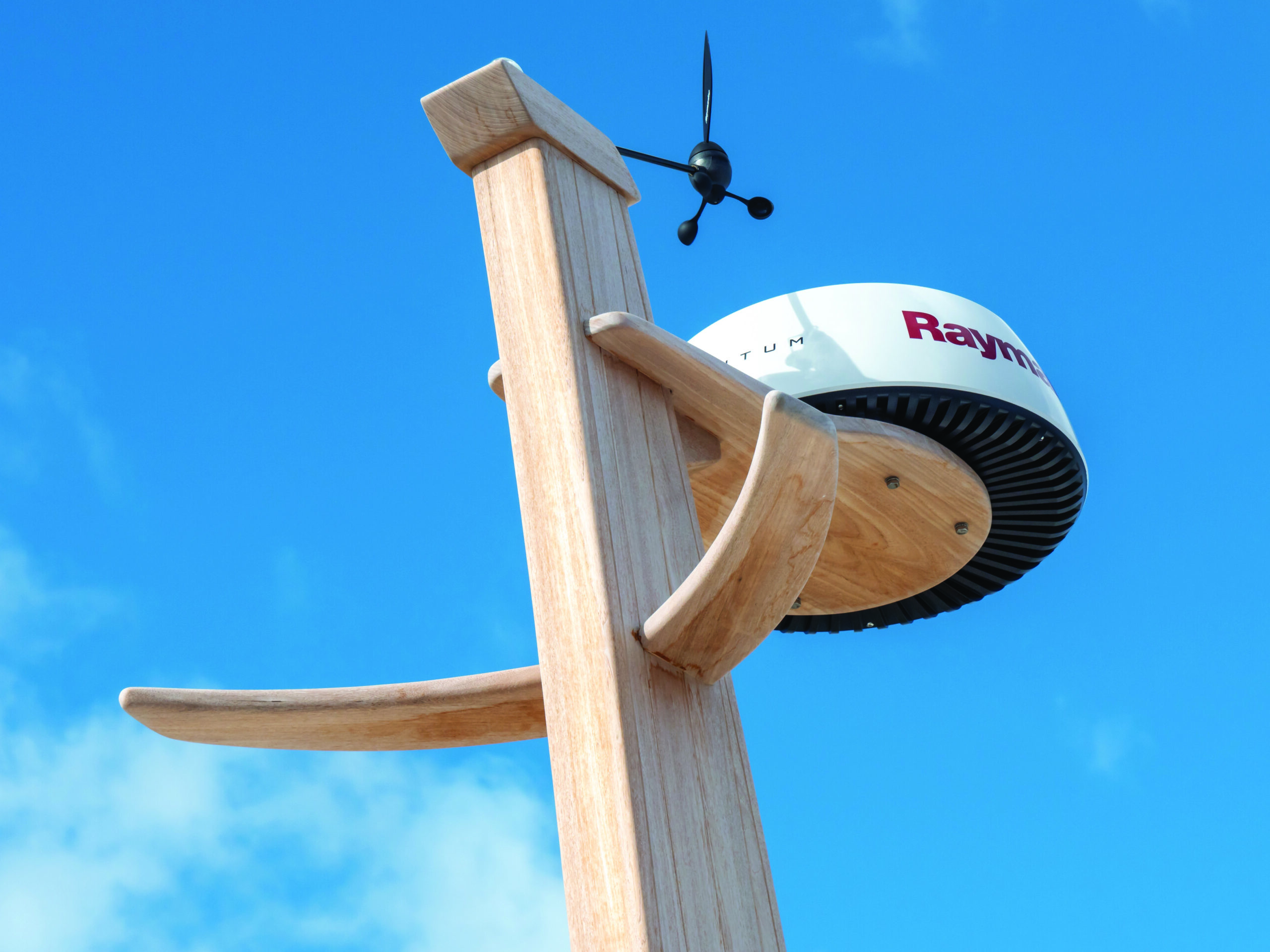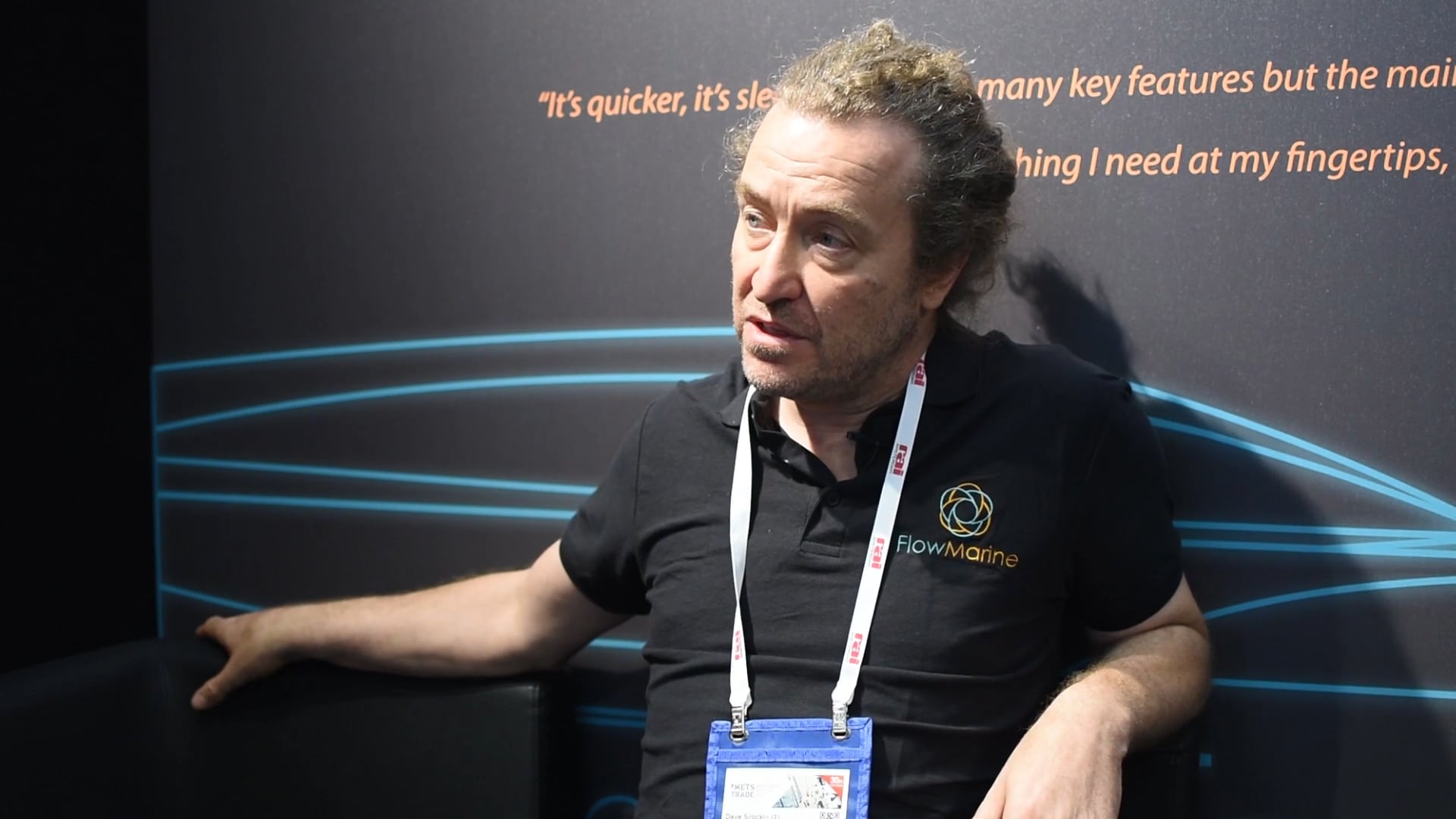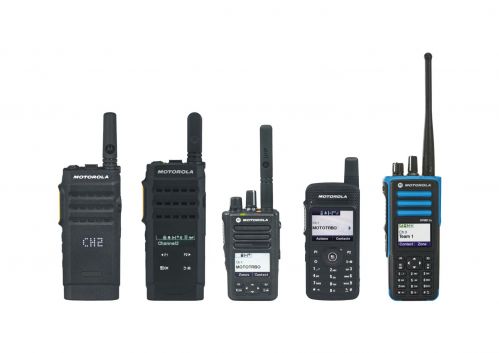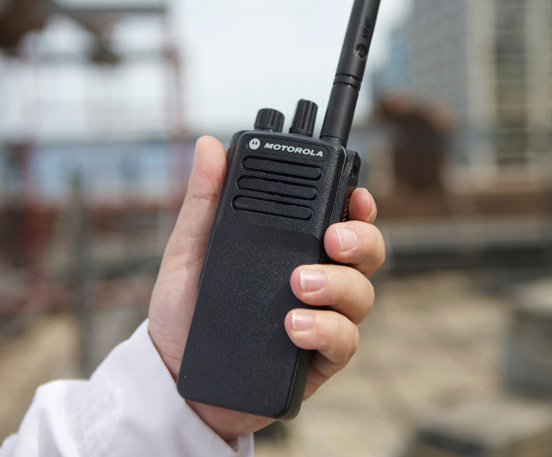Have you ever wondered how to get the best out of your radar, or indeed how installing one might benefit you on the water? It’s rare that you get the chance to hear genuinely expert advice of direct value to your boating experience, which is why Raymarine’s recent radar webinar – available to replay here – is well worth watching.
Hosted by Raymarine’s Technical Support Manager Derek Gilbert and Americas Marketing Manager Jim McGowan, the webinar covers many of the fundamental aspects of radar, starting with how power and antenna size affect target range and resolution, and the suitability of different antenna types for diverse applications. They go on to demystify the purpose of the gain, rain, sea clutter and colour gain controls, and how Raymarine’s carefully developed automatic settings can take care of these parameters in most situations. MARPA (Miniature Automatic Radar Plotting Aid) is also explained, which can greatly aid in identifying and tracking other vessels and in assessing how much of a hazard they are to your own boat.
Radar has come a long way since its inception in the 1930s, and the computing power of modern multifunctional displays such as Raymarine’s Axiom series allows the data to be managed in a way unimaginable to its early users. Raymarine offer several technologies aimed to help make radar easier to read, including a stabilised head-up display which shifts the picture as the boat turns – without having to wait for the screen to repaint with the next scan – and Doppler radar. This remarkable system, which is available on Raymarine’s Quantum 2 systems, uses the Doppler effect to assess whether targets are approaching or retreating, including those astern of your vessel, painting oncoming targets red in an accurate, real-time hazard assessment.
Chart overlay and the difference between head-up and North-up operation, relative and true motion are all ably described, and the webinar also demonstrates how Raymarine’s unique beam sharpening technology can significantly improve target resolution when viewing adjacent objects such as channel buoys or harbour breakwaters. This can make the difference between identifying a safe channel between two points or seeing an apparently solid, impassable barrier. The team continue to show the versatility of radar for navigation, collision avoidance, weather monitoring and even fish finding, by locating the flocks of birds that gather to feed on bait fish shoals.
Whether you’re an experienced radar user or a novice, there’s always something to learn and this opportunity to listen to the experts is well worth taking. Click here for the webinar, together with past webinars covering a range of topics including autopilots, augmented reality, safety, fishing, performance sailing and more. Additional webinars will be added as they become available.
For more information on Raymarine, visit www.raymarine.co.uk.







